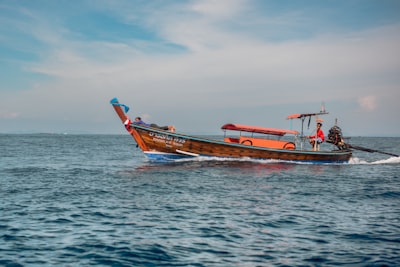Summary
On July 2, 2025, a ferry carrying at least 65 people sank in rough seas during a short journey between Java and Bali, Indonesia. The incident has left at least six people dead—including a three-year-old boy—and 30 still missing as of July 4, despite the rescue of 29 individuals. Over 300 rescuers, utilizing boats and helicopters, are conducting extensive search operations complicated by bad weather and strong seas. The precise number on board may exceed the official ferry manifest—reflecting a widespread issue with record-keeping in Indonesian maritime transport. Ferry accidents are not rare in the archipelago, with safety lapses and challenging weather often to blame.
Analysis
This incident once again exposes the persistent vulnerabilities in Indonesia’s maritime sector. As a country of around 17,000 islands, Indonesia relies heavily on ferries for inter-island travel, making safety standards a matter of public welfare. Yet, as the article points out, discrepancies between passenger manifests and actual headcounts, combined with often lax enforcement of regulations, create hazardous conditions. That the ferry KMP Tunu Pratama Jaya sank only 25 minutes into its journey raises questions about vessel seaworthiness, crew preparedness, and whether operators are adequately equipped for rough weather events that are not uncommon in the region.
Furthermore, the occurrence of similar tragedies—such as the 2018 disaster on Lake Toba, which claimed more than 150 lives—amplifies concerns about learning from past mistakes. If regulatory reforms have been attempted, their efficacy is not evident. Local authorities’ rapid mobilization of 306 rescuers and diverse assets reflects improved emergency preparedness, but the underlying issues of prevention, not just response, remain glaringly unresolved.
Discussion
Why does this topic matter so deeply? For Indonesia, ferries are lifelines, underpinning the economy, mobility, and social cohesion for millions. Each maritime tragedy is not just a singular event but a symptom of chronic infrastructural neglect, insufficient investment in safety, and at times, economic pressures that override caution. The margin for error is thin when safety regulations are inconsistently enforced, manifests are imprecise, and weather patterns are intensifying due to climate change.
Looking globally, Indonesia's experience is mirrored in other archipelagic or developing nations, where sea travel is routine but often risky. The repeated nature of these disasters also raises urgent ethical questions: Are policymakers and ferry operators taking the necessary preventive steps, or are they gambling with lives for economic convenience? Meanwhile, survivors and families are left to navigate a perilous system, lacking confidence that tragedies like these will not recur.
Finally, the article's framing highlights heroism and efficiency in the rescue, but leaves broader systemic issues, such as regulatory accountability and passenger rights, mostly unaddressed. This is not unique to Indonesian media, echoing a global trend where coverage often emphasizes dramatic rescues over the slow work of reform and enforcement.
Conclusion
At heart, the sinking in the Bali Strait is both a human tragedy and a wake-up call. Until Indonesia and other maritime nations treat safety as a non-negotiable investment—backed by transparent reporting, meaningful regulation, and continuous infrastructural improvement—such painful stories are likely to recur. The human and social cost of these recurring disasters should push both local and global actors to demand lasting change.

Comments
No comments yet. Be the first to comment!